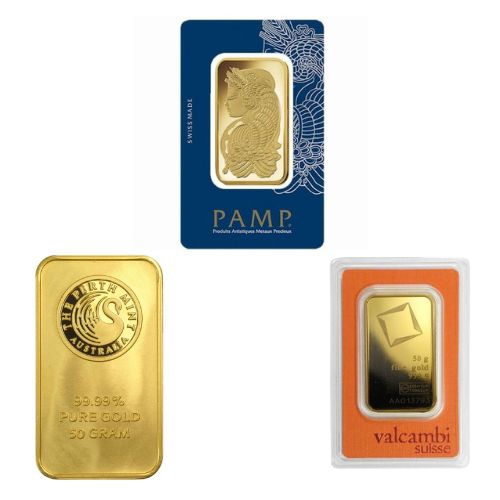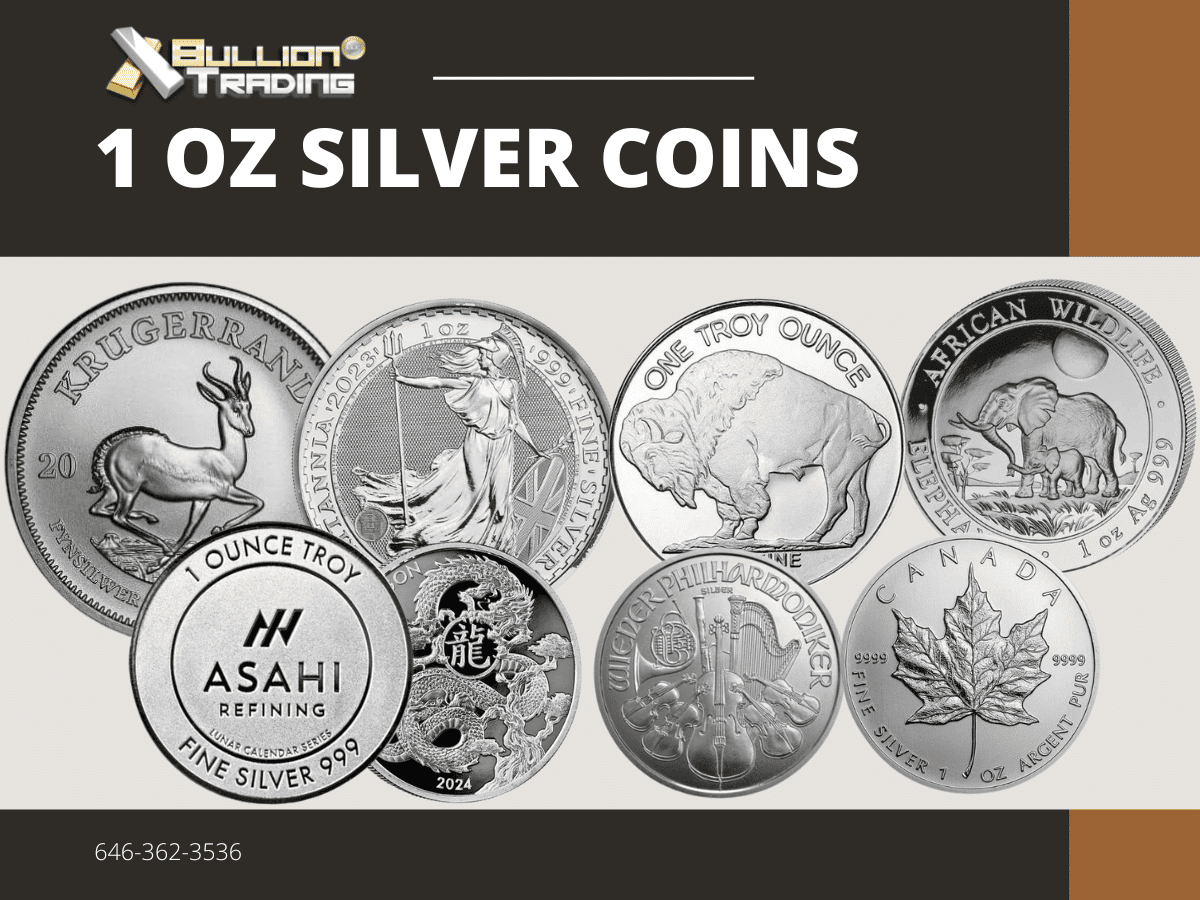Introduction to Gold Bullion
Gold has been a cornerstone of wealth and economic stability throughout human history. Unlike fiat currency, which can be printed at will, gold’s finite nature and intrinsic value have made it a preferred choice for preserving wealth over centuries. Its unique characteristics have led to its use as a hedge against inflation, debasement of currency, and economic instability.
Gold and Inflation
Inflation refers to the rate at which the general level of prices for goods and services rises, subsequently eroding the purchasing power of money. The intrinsic value of gold often shields it from inflationary pressures. Historically, gold has acted as a reliable store of value. When fiat currencies depreciate due to inflation, the value of gold typically increases, preserving the wealth of those who hold it. This inverse relationship between gold and inflation makes gold bullion an attractive investment in times of rising prices.
Gold and Currency Debasement
Currency debasement is the deliberate reduction in the value of a currency by its issuer, often by reducing the precious metal content in coinage. This practice has been common throughout history, including in medieval and early modern Europe. For example, rulers would decrease the amount of silver or gold in coins to increase the money supply. This debasement often led to inflation, although rarely in direct proportion to the reduction in metal content. During such times, individuals would flock to gold and silver as safer stores of value.
In medieval Europe, debasement of the silver coins led to a rise in the value of gold relative to the debased silver, attracting more silver to the mints even as it led to daily price rise. Princes, such as Duke Philip the Good, manipulated coinage to secure revenue for warfare and other expenses, showing how debasement could disrupt economies and drive demand for stable stores of value like gold.
The Nature of Money
To appreciate the value of gold bullion, it’s essential to understand money’s roles. According to economic principles, money serves as a medium of exchange, a unit of account, a store of value, and a standard of deferred payment. Bullion, distinct from coinage, primarily fulfills the store of value function due to its stability and intrinsic worth. Historically, nations have conducted significant international trade using bullion rather than debased coinage, to circumvent devaluation and retain value.
The Economic Stability Provided by Gold
One of gold’s critical roles has been to act as a safe haven during economic turmoil. Amidst the fluctuations and uncertainties of fiat currencies, often exacerbated by governmental policies of debasement and inflation, gold’s steadfast value has provided a predictable and reliable alternative. This stability is why investors and governments alike have historically flocked to gold during periods of economic instability.
Conclusion
Understanding gold’s role in history provides valuable insights into its enduring value. Gold bullion remains a crucial asset for hedging against inflation, protecting wealth from the impacts of currency debasement, and providing economic stability in turbulent times. This resilience and reliability are what continue to make gold a cornerstone of smart investment portfolios around the world.
And as they say “Money makes the world go around”.
Citations
- (Financial History 20) John H. Munro (editor) – Money in the Pre-Industrial World: Bullion, Debasements and Coin Substitutes-Routledge (2012)
- Discussions on the effects of debasement and inflationary pressures
- Analysis of historical examples of currency debasement and the role of gold and silver
- Conceptual insights on the essence of money and the use of bullion in international trade.





